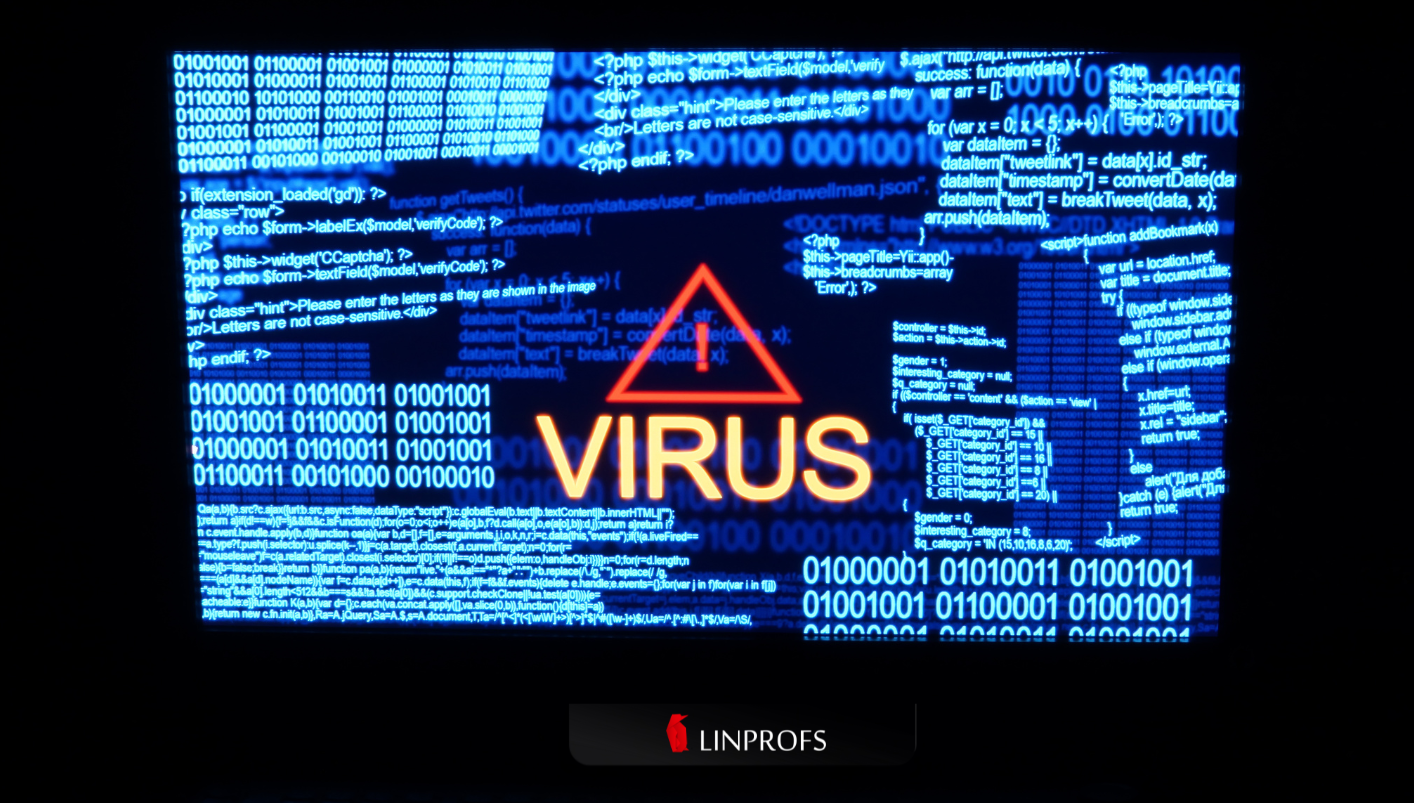What Exactly Is a Digital Virus?
You’ve likely heard about computer viruses, but do you truly know what they are?
Much like the flu virus, a computer virus is designed to spread from one host to another, replicating itself to cause significant disruption. However, unlike biological viruses that rely on living cells, computer viruses depend on files, archives, or documents to act as their hosts.
A computer virus is a type of malware that is intentionally created to infiltrate systems, disrupt operations, and cause harm. You can read more about the common types of malwares in our previous article. These programs can delete data, corrupt files, slow down devices, or even grant unauthorized access to cybercriminals. Their ultimate goal is replication, enabling them to spread across devices, systems, and networks much like an epidemic in the physical world.
How do viruses spread?
Viruses often spread through infected files or downloads, posing as legitimate software or harmless attachments. They can also propagate via emails, links, or removable drives, making them hard to track and easy to activate unintentionally. In modern networks, viruses exploit system vulnerabilities to move autonomously, potentially infecting entire organizations.
How can you recognize the signs of infection?
Recognizing a virus infection in your computer can save your system from further damage. Signs of infection may include sluggish performance, unexplained crashes, frequent pop-ups, or programs behaving abnormally. Some viruses even operate in stealth mode, remaining undetected while silently collecting sensitive information or spreading to other devices.
What to do if your computer is infected?
If you suspect that your computer is infected, acting quickly is essential. Disconnect from the internet immediately to prevent the virus from spreading or communicating with external servers. Use trusted antivirus software to scan your system thoroughly and remove any detected threats. Restoring files from a clean backup can help recover data lost or corrupted during the attack. If the infection is severe, professional assistance may be required to eliminate persistent or deeply embedded viruses.
How to protect your computer against viruses?
Preventing a virus attack is far easier than dealing with its consequences. Staying proactive by installing reputable antivirus software and keeping it updated regularly is a key step. Exercising caution when downloading files, opening email attachments, or clicking on unfamiliar links is equally important. Keeping your operating system and applications updated ensures that vulnerabilities exploited by viruses are patched promptly.
Firewalls can provide an additional layer of protection, blocking unauthorized access to your network and reducing exposure to malicious programs. Education also plays a crucial role; staying informed about the latest cyber threats and knowing how to recognize suspicious activity can make a significant difference.
How to clean your chromebook from viruses
Chromebooks are designed with robust security features, but they’re not entirely immune to threats. To clean your Chromebook from potential viruses, start by removing any suspicious browser extensions through Chrome’s settings. Resetting the browser to its original settings can also help eliminate unwanted changes caused by malware. Additionally, you can use Chrome’s built-in malware scanner by navigating to Settings > Reset and clean up > Clean up computer, then clicking Find to search for harmful software. These steps, combined with safe browsing habits, can keep your Chromebook secure and running smoothly.
The importance of proactive cybersecurity
As technology advances, so do the techniques of cybercriminals. Viruses are just one aspect of a larger cybersecurity landscape, but they remain one of the most common and disruptive threats. By understanding what viruses are, how they work, and how to defend against them, you can take control of your digital security and avoid costly damage. Take action today to protect your computer, your data, and your peace of mind.
At LinProfs, we specialize in designing, implementing, and maintaining secure IT infrastructures to help businesses stay ahead of evolving threats. Whether you’re looking to safeguard your systems or enhance your cybersecurity strategy, our team of experts is here to support you. Contact us today to learn how we can help you fortify your digital environment and ensure your business thrives in a secure ecosystem.



Comments are closed